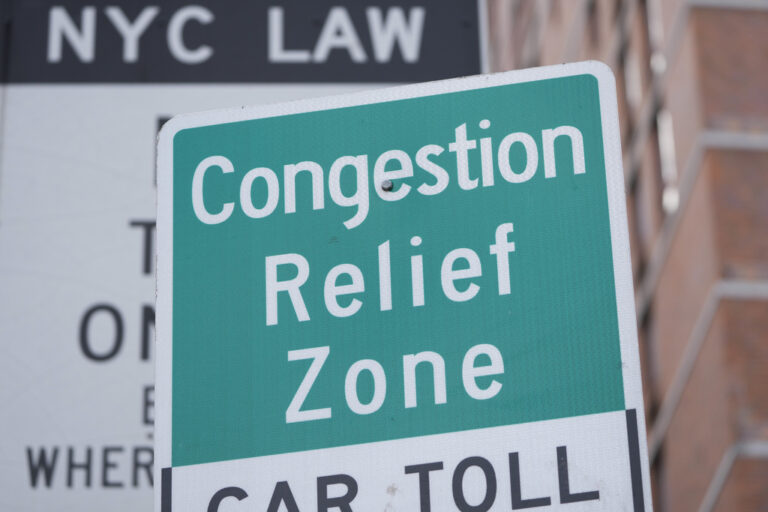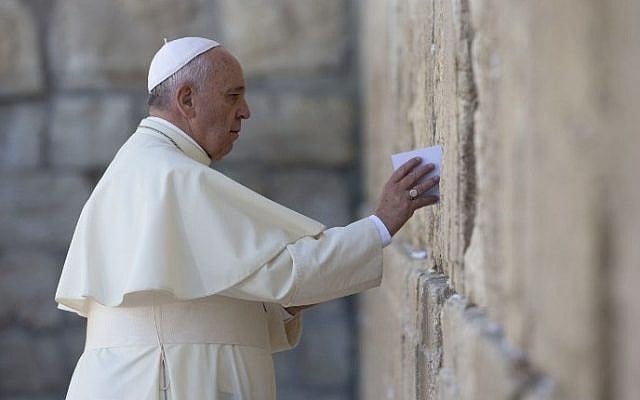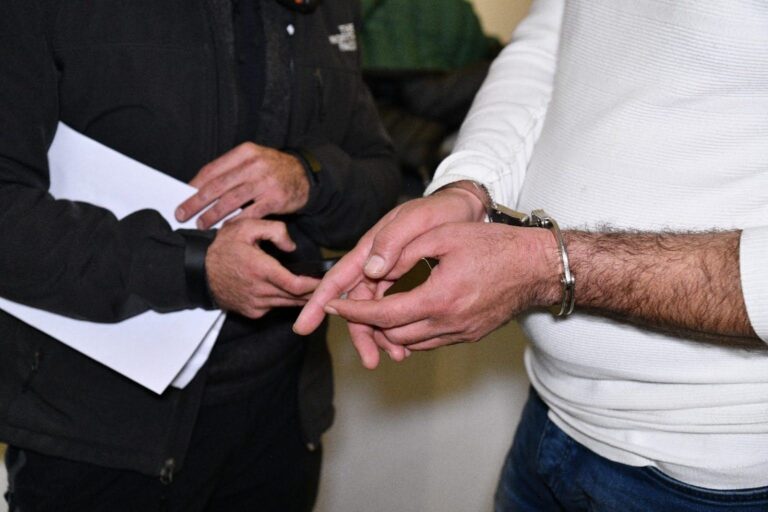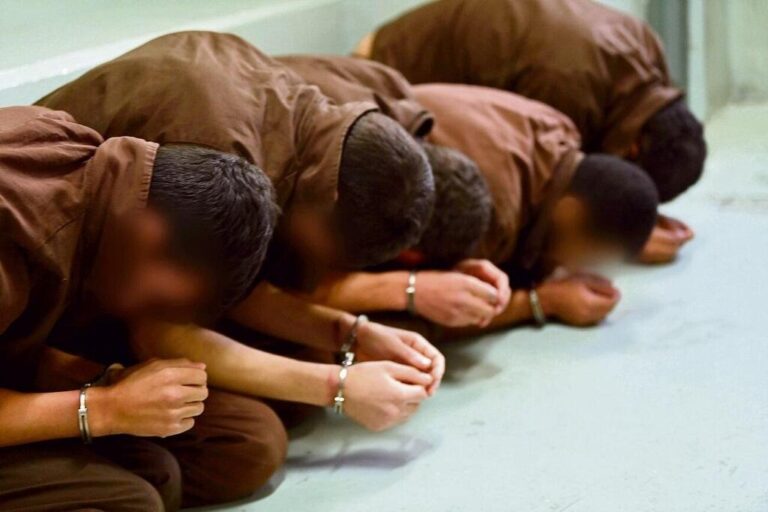
U.S. Senator Tom Coburn, M.D. (R-OK), ranking member of the Homeland Security and Governmental Affairs Committee, today released his annual oversight report “Wastebook 2013” highlighting 100 examples of wasteful and low-priority spending totaling nearly $30 billion.
“While politicians in Washington spent much of 2013 complaining about sequestration’s impact on domestic programs and our national defense, we still managed to provide benefits to the Fort Hood shooter, study romance novels, help the State Department buy Facebook fans and even help NASA study Congress,” said Dr. Coburn.
“Had Congress, in particular, been focused on doing its job of setting priorities and cutting the kind of wasteful spending outlined in this report, we could have avoided both a government shutdown and a flawed budget deal that was designed to avert a shutdown. The nearly $30 billion in questionable and lower-priority spending in Wastebook 2013 is a small fraction of the more than $200 billion we throw away every year through fraud, waste, duplication and mismanagement. There is more than enough stupidity and incompetence in government to allow us to live well below the budget caps. What’s lacking is the common sense and courage in Washington to make those choices – and passage of fiscally-responsible spending bills – possible,” said Dr. Coburn.
 “This report speaks volumes about why confidence in government is at an all-time low. The hard truth is we’d much rather borrow than cut. The American people are right to expect more,” said Dr. Coburn.
“This report speaks volumes about why confidence in government is at an all-time low. The hard truth is we’d much rather borrow than cut. The American people are right to expect more,” said Dr. Coburn.
Examples of wasteful spending highlighted in “Wastebook 2013” include:
Beachfront Property for Millionaires — $500 million: A U.S. Department of Agriculture (USDA) home loan program, created to help people with low and moderate incomes afford a home in “rural areas” has been used by many millionaires in “resort communities” in tropical paradises like Hawaii. According to the report, more than 100 individuals or families received loan guarantees for $500,000 or more from the USDA to purchase a home in Hawaii. And here’s the kicker, “if these new homeowners later cannot afford their new homes it’s no problem, the federal government will protect the banks from losses by repaying 90 percent of the loans,” the report says. Last year, it paid nearly $500 million in lost claims.
Botched Blimp — $300 million: The Army spent three and a half years and nearly $300 million building a football field-sized blimp called the Long Endurance Multi-Intelligence Vehicle, to provide continuous surveillance over Afghanistan battlefields, but the project was riddled with errors and cost-overruns so the Army eventually just sold it back to the contractor.
NASA’s “Pillownauts” — $360,000: During the shutdown, 97 percent of NASA’s staff was laid off, still the agency was paying 20 people $18,000 each to literally lie around and do nothing for 70 days with their body “slightly tilted forward” for a study to help scientists learn how astronauts bodies will change in space flight. However, NASA isn’t planning any missions anytime in the foreseeable future, since it no longer has a manned space program…So they people getting paid to lie in bed all day might as well keep dreaming.
Fort Hood Shooter Still on Federal Payroll — $53,000 (in 2013): Alleged Fort Hood Shooter Major Nadal Hasson, continues to get paid federal salary since the Military Code of Justice doesn’t allow a soldier to be suspended until they are found guilty. He made $52,952 in 2013 and $278,000 total since he allegedly killed 13 and injured 32 in 2009.
NASA Looks for Intelligent Life in Congress — $3 million: Since NASA’s space program has been grounded, it’s left to search for intelligent life on Earth. Curiously enough, it has chosen to explore Capitol Hill and the inner workings of Congress. Teaming up with Georgetown University, NASA will embark on its next mission of hosting a one-week seminar exploring how Congress works—almost as complicated and mysterious as the solar system?
Television Ads for Hurricane Sandy — $65 million: Of the $60.4 billion Congress appropriated for areas devastated by Hurricane Sandy, at least $65 million were put toward local television ads. Instead of rushing aid to the people who need it most, state-level officials in New York and New Jersey spent the money on tourism-related TV advertisements. Making this particularly vexing for some local residents, the flow of disaster aid has been both paltry and slow,” the report said.
Duplicate IT Systems — $321 million: The Department of Homeland Security (DHS) spent over $30 million on two IT programs that serve the same purpose. Both support “immigration enforcement booking management, which includes the processing of apprehended illegal aliens suspected of committing criminal violations of immigration law. However, DHS said it has no plans to address the duplicative expenditures. Similar problems have accorded at DOD, where the Air Force has two duplicative IT systems. In fact, according to a recent GAO report, three agencies have spent $321 million for overlapping IT purposes over the past several years.
Bureau of Print and Engraving Ruined New $100 Bills — $4 million: The new $100 dollar bills that came out in October, after several setbacks pushed back their release date. One of the latest incidents happened in the fall when too much ink was applied to the paper (known as “mashing”). As a result, the Federal Reserve returned the bills to the Bureau and demanded a refund. The incident cost the taxpayer about $4 million.
Half a Million to Spruce Up Block in Kansas Town — $500,000: The Department of Transportation awarded Rossville, Kansas—a tiny town with a population of 1,150—a grant of $532,000 to make one-block in the downtown area “more decorative and colorful.” According to the report, the “decorative and colorful improvements to one street block in Rossville, Kansas cost U.S. taxpayers $462 per resident of Rossville or $38,000 for each of the 14 businesses located on this block of Main Street.” Hopefully now taxpayers across the country will swarm to Rossville to enjoy the block they helped pay for.
NASA’s 3D Pizza Printer — $125,000: NASA awarded a $124,955 grant to Arjun Contractor to build a 3-D pizza printer. The space agency spends about $1 million on “Martian food development.” According to the report, a NASA scientist involved in the 3D printer pizza said it could be years until the creation becomes feasible. Too bad, it sounds out of this world.
( http://www.coburn.senate.gov/ Press Release)










